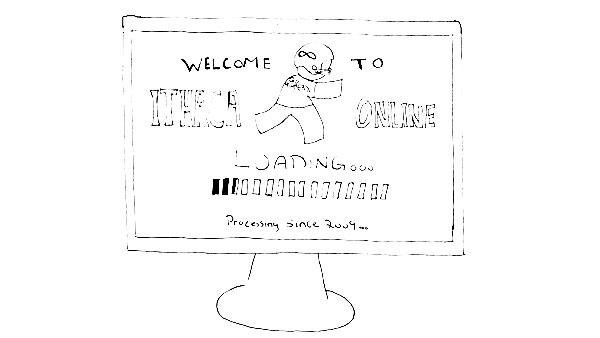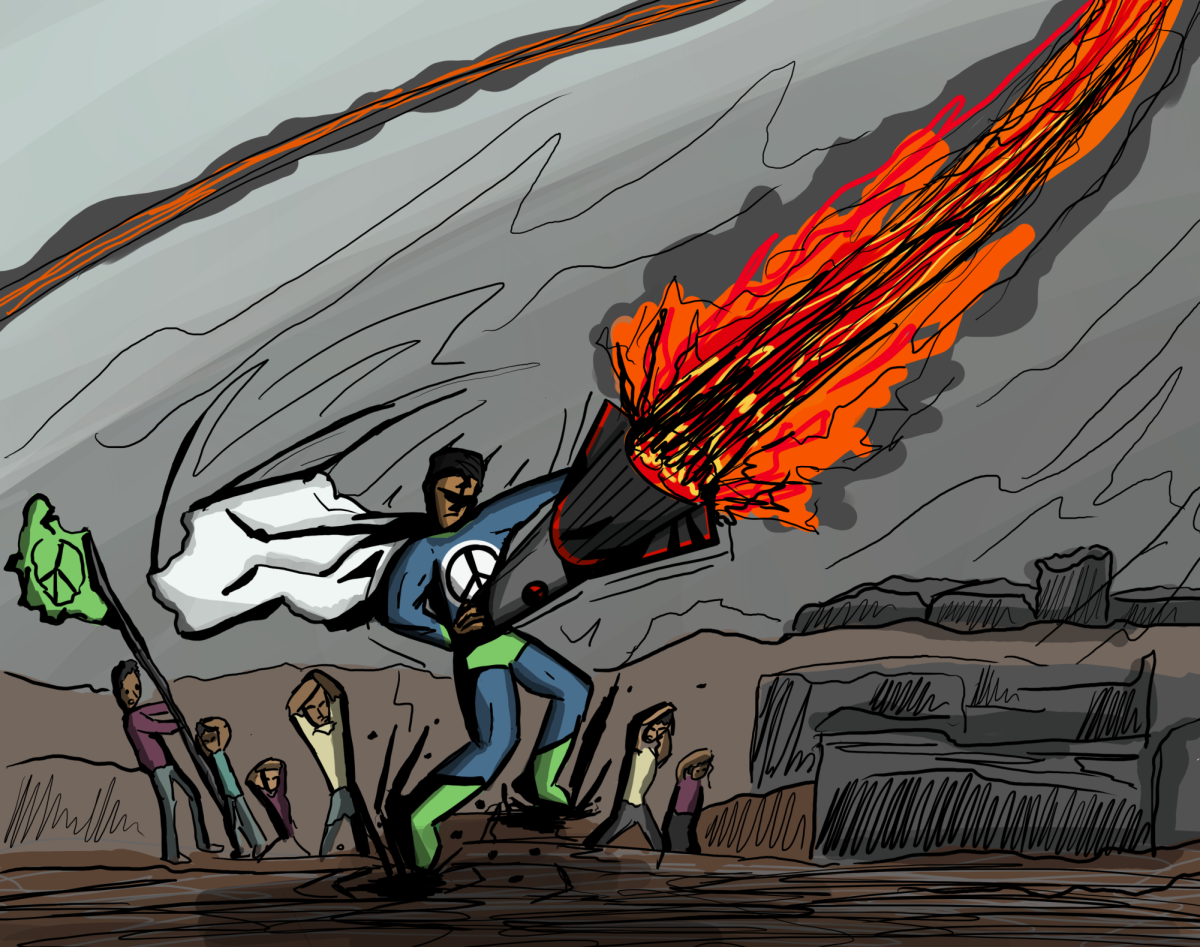Outside the context of higher education, Wi-Fi is a luxury that keeps society constantly “plugged in.” But on a college campus, Internet access is a necessary tool for professors to teach their students.
For years, students and faculty alike have complained about Ithaca College’s Wi-Fi connections on campus. While the college is taking a step in the right direction by evaluating the strength of Internet access points across campus, the process is moving far too slowly for 21st century education.
With the increasing digitization of society and the virtualization of traditional classrooms, institutions of higher education are more dependent on the Internet. Web 2.0 tools like Skype, YouTube and learning management systems such as Sakai are incorporated into the curriculum. Professors and students are using these platforms to facilitate learning.
Despite this knowledge, the college’s original Wi-Fi system still exists. The college has failed to upgrade the network to accommodate the multiple devices — laptops, smartphones and tablets — that are constantly connected to the Internet. The college’s system can’t handle the quantity of connections, let alone address the wireless quality.
Without reliable Internet access, the college is compromising the quality of education professors can provide to their students. Additionally, students are at a disadvantage because network failures prohibit them from accessing course materials and engaging with classmates online. Because of this negligence, students and professors are spending more time trying to connect than actually teaching and learning. This is setting the college behind other institutions at the forefront of using a fundamental medium for the dissemination of higher education.















